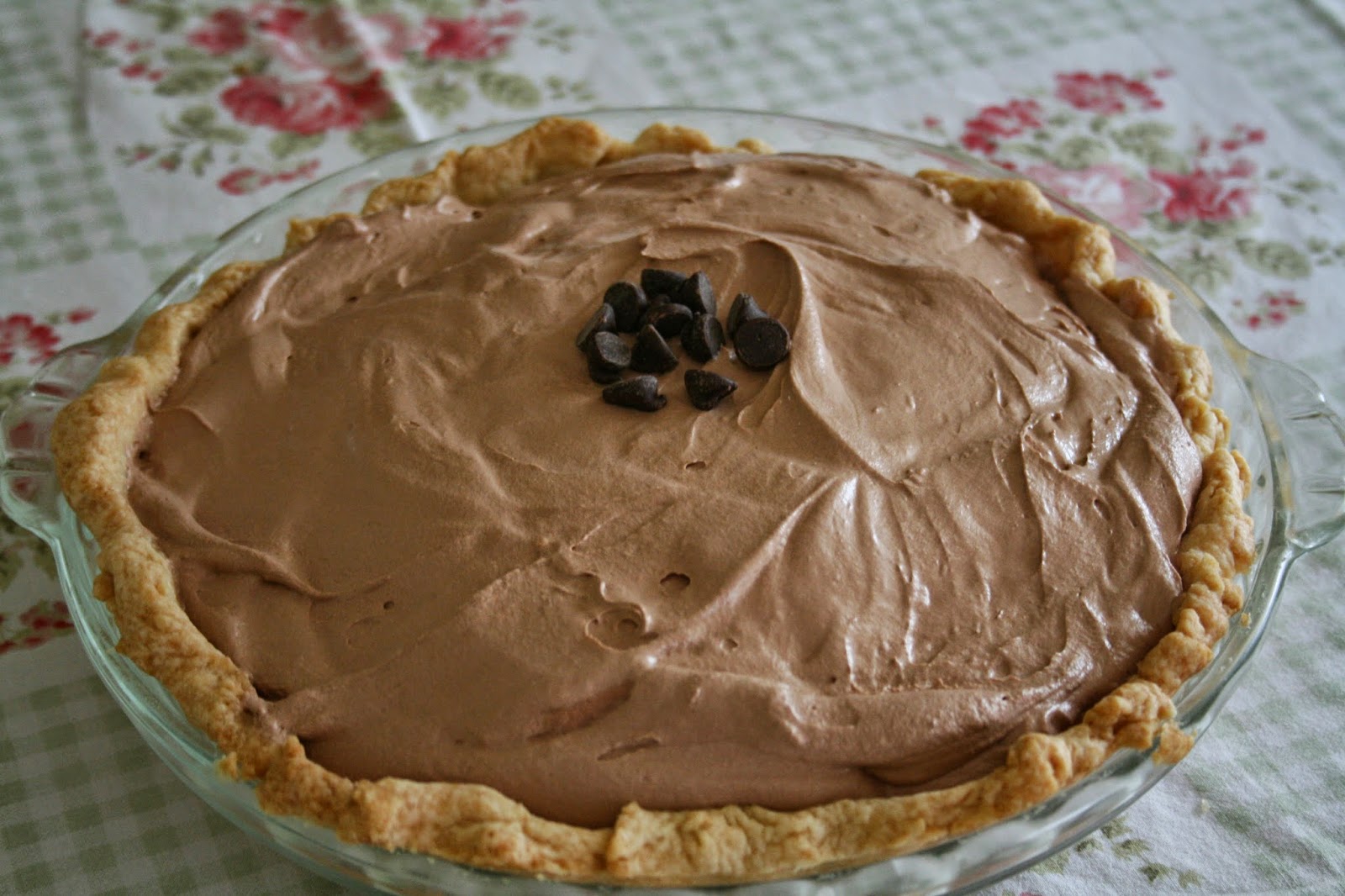PROJECT PATISSERIE: Adventure #13
Rhubarb and strawberries go together like peanut butter and
jelly, peas and carrots, Bonnie and Clyde. Having an allergy to either of these
fruits (and I know people who do) would be as tragic to me as being allergic to
chocolate. Rhubarb and strawberries are among the first fruits of spring and
come as harbingers of hope, announcing to the world that the winter is finally
over! That’s a message I know a lot of North Country folks are only too happy
to hear!
If, dear reader, you find yourself on the fence regarding
the general awesomeness of rhubarb, or perhaps have never considered the
superiority of this fruit, maybe these little factoids will help to win you
over.
In descending order…
Cool Rhubarb Factoid
#4: Rhubarb has been used medicinally in China as far back as 2700 B.C. to heal
all manner of ills including the treatment of burns and as an astringent. How often can something make an awesome pie and an equally lovely facial treatment?
Cool Rhubarb Factoid #3:
Rhubarb’s leaves are poisonous, which is probably why rhubarb is only
sold in stores and farmers’ markets without its leaves (the stalks are
perfectly edible though, just to be clear.)
Cool Rhubarb Factoid #2: If, dear reader, you have been
irritated by my continual use of the word “fruit” throughout this piece to
describe what appears to be a vegetable, you are not alone. In 1947 there was
actually a lawsuit filed in New York State arguing over the classification of
rhubarb. Lawyers spent hours and hours fighting over whether rhubarb was really
a fruit or a vegetable. In case you’re wondering, New York ruled that it is indeed
a fruit, which makes the U.S. one of the few countries in the world that
doesn’t consider this sweet-tart stalk to be a vegetable.
And, obscure factoid
#1: rhubarb should be held in higher general regard if, for no other reason, than
because the words “rhubarb, rhubarb” were reputedly used in early British theatre
and radio dramas to simulate the effects of unintelligible background
conversation. ( Be sure to use that as a conversation starter at a BBQ this
summer!)
The end of rhubarb season overlaps with the beginning of
strawberry season is probably what birthed this classic combination. When
talking about strawberry and rhubarb, the most obvious recipe is the strawberry
rhubarb pie- that delicious early summer staple. But I thought that maybe this
week we would take the road less traveled…
When I was home for Mother’s Day, I raided my mom’s Southern Living stack and found a recipe for this strawberry rhubarb tartlet in the May 2014 issue. Immediately
capturing my imagination, the tartlets were my contribution to last Sunday’s
family gathering and this week’s Project Patisserie recipe.
The finished pastry looks a lot like a fancy pants toaster
pastry, although I must stop short of actually dubbing it that as I admittedly didn’t
try putting one in a toaster. While they’re not as time- or labor intensive as
some French pastry recipes, they do require a little bit of work and some
resting time. I guarantee that the results are worth it, though. They were well
received by my crew and I had no problem finding volunteers to split the few left
over tartlets with.
STRAWBERRY RHUBARB TARTLETS
(recipe courtesy of Southern Living magazine)
I used a food processor (as it’s a bit faster) but feel free
to adapt this recipe to the traditional hands-and-a-mixing-bowl method for the
dough- either works!
Pulse 2 ½ c. of flour with ¼ c. sugar, ¼ tsp. salt, and ¼
tsp. of baking powder. Add 1 c. of cold butter cut into small pieces, and pulse
a few times until the mixture resembles a coarse meal. Stir together 2 large egg yolks with ½ c. of
ice water. With the food processor running, pour the yolk-water mixture through
the food chute and process until the mixture forms a ball and pulls away from
the sides of the bowl. Wrap the dough in
plastic wrap and chill for 1 hour.
Meanwhile, melt 3 T. of unsalted butter over medium heat.
Add ½ c. of sliced rhubarb and sauté for 3 minutes. Stir in 1 c. sliced
strawberries and 2/3 c. of granulated sugar. Cook, stirring constantly, while
crushing the fruit with the mixing spoon for about 5 minutes.
In a small bowl make a rue by mixing together 1 T. of flour
and 2 T. of fresh lemon juice until smooth. Pour the rue into the
rhubarb-strawberry mixture and bring to a boil. Cook, stirring often, until it
thickens (about 2 minutes.) Transfer the mixture to a small bowl, cover with
plastic wrap and refrigerate for about 30 minutes. This is the filling for the
tartlets. In my experience, I only ended
up needing about half of it for the tartlets. Don’t throw the rest out! Make a
double batch of the dough and use it for more tartlets- I promise you won’t
have any trouble finding people to take them off your hands. I ended up mixing
the leftover filling into vanilla pudding that I made later that day, but it
would also be delicious drizzled over vanilla ice cream or cheesecake, or on
crepes, or with your morning pancakes, or as a cake filling.
You get the idea!
By now, the dough should be thoroughly chilled. Pre-heat the
oven to 350 degrees Fahrenheit. Unwrap the dough and roll it out on a floured
surface to a thickness of about 1/8”. The recipe says to cut the dough into
rectangles using a 2 ½ x 3 inch cookie cutter- I don’t happen to have a
rectangular cookie cutter and I couldn’t find one locally so I used a fluted
pie cutter and a ruler and just measured out 2 ½ x 3 inch rectangles. If you
don’t have the patience for all of that, just use a large round cookie
cutter- the finished tartlets will be
slightly reminiscent of ravioli, but who doesn’t love ravioli? Especially
strawberry-rhubarb filled pastry ravioli?
Place half of the pastry cutouts on a parchment-lined baking
sheet, spaced about 2 inches apart and top each with about 1 T. of filling. Brush
the edges of the dough with a bit of water and top with the remaining dough cut
outs. Press around the edges to seal.
Stir together 1 large egg and 2 T. of milk and brush the
tops of the tartlets with the mixture. Cut a small “x” in the top of each
tartlet for the steam to escape and bake them for 30-35 minutes, or until
golden. Transfer to a wire rack and cool.
These guys are delicious warm, just as good at room temperature, and
maybe even better cold -you can really taste the butter when they’ve been
chilled which plays well with the sweet-tartness of the filling.
.JPG) |
| Strawberry-rhubarb tartlets- so, so good! |
.jpg)


